Game description:
Dispatch 2 places Robert Robertson in a broader operational environment within the Superhero Dispatch Network. With increased authority, he now oversees multiple divisions that coordinate emergency responses across a larger section of the city. The narrative advances through dialogue choices, team conflicts and shifting political conditions inside the organisation. Each episode builds on Robert’s evolving role and introduces situations that test his ability to manage both crisis logistics and interpersonal dynamics.
Mission Systems And Event Flow
The game continues to revolve around assigning heroes to missions that vary in urgency and complexity. Each incident appears with details such as location, threat category and suggested skill sets. The player evaluates available heroes, balancing their strengths and cooldown timers against ongoing demands. During a typical operational cycle, the player completes:
· Selecting heroes whose abilities best match active incidents
· Rotating assignments to avoid fatigue and maintain readiness
· Navigating dialogue choices that affect morale and unlock new paths
These actions shape overall efficiency and influence narrative development.
Team Management And Character Progress
Dispatch 2 expands character depth through extended story arcs, optional scenes and reactive dialogue. Heroes express opinions on Robert’s decisions and respond differently depending on past interactions. Some may request additional responsibilities, while others may seek time to recover from stressful assignments. Character relationships can affect mission performance, making interpersonal management as important as tactical planning. Unlockable conversations or side missions reveal personal motivations, adding complexity to team behaviour.
Strategic Direction And Planning Challenges
Balancing immediate demands with long-term preparation becomes central to gameplay. Emergencies often overlap, forcing the player to prioritise certain districts or assign heroes outside their ideal role. The organisation may offer feedback or pressure Robert based on earlier choices, changing the tone of future episodes. The player must evaluate risk, anticipate incoming threats and respond to unexpected events without disrupting team stability.
Replay Structure And Adaptive Story Routes
Dispatch 2 supports multiple playthroughs due to its branching mission outcomes, relationship variations and alternate episode paths. Different decisions can produce new interactions or shift the direction of the campaign. Players can revisit earlier episodes to explore unchosen dialogue options or experiment with new hero deployment strategies. The combination of strategic management and adaptive storytelling creates a framework that remains varied across repeated sessions.









































































































































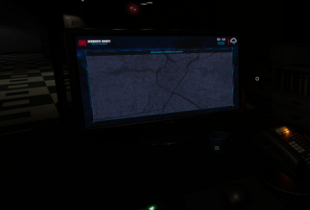






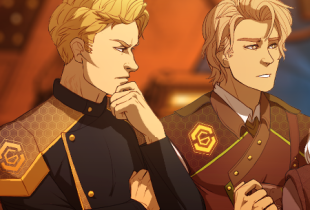
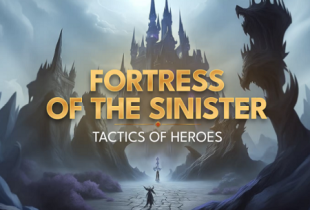



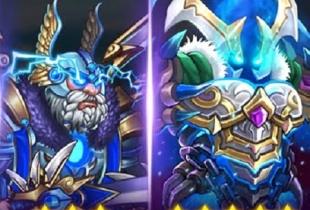
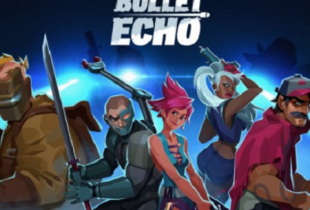

Comments